Mandrakesare plants with a wide range of applications, for which there is an experience of many centuries. The poisonous plant has been considered a remedy since ancient times and is currently experiencing its renaissance as such.
Occurrence & cultivation of mandrake

This is often branched out and then looks like a person in its shape. The seeds of the mandragora need cool temperatures to germinate and are sown in autumn or spring (February). The violet, bell-shaped flowers formed in May, the fruits are plum-sized, round and golden yellow and are reminiscent of small apples. When ripe, they give off a pleasant odor. Mandrakes are only partially hardy.
It is a poisonous medicinal plant containing alkaloid, which has been considered a magical remedy since ancient times because of its peculiar root shape. Natural occurrences of the three types of mandrakes are the wasteland regions of an area from Portugal to Greece, here in particular the eastern Mediterranean region, furthermore the Himalayan region and Central Asia.
Effect & application
Mandrake contains several parasympatholytic tropane alkaloids: (L) -hyoscyamine and its racemate atropine as well as scopolamine. The alkaloid bases are lipophilic and can enter the bloodstream through the intact skin, in particular through the mucous membranes. The alkaloids cancel out the effects of the parasympathetic nervous system, a part of the involuntary nervous system.
The pupil is dilated. The herbal drug in overdoses can lead to dangerous and potentially fatal states of intoxication with hallucinations, erotic fantasies, talkativeness and raving attacks. In the Middle Ages, mandrakes were said to have powerful magical powers. Special preparations ("flight ointments", "witches ointments") conveyed the illusion of flying. An application as an intoxicant, hallucinogen, aphrodisiac and amulet is said to still exist today in appropriately interested circles.
Usually, the herbal drug is only used in naturopathy in the form of ready-made products and homeopathic preparations, for example as homeopathic potentization D4. The main active organs are the central and vegetative nervous system, the upper airways, the vascular muscles as well as the gastrointestinal tract, the liver and the gall bladder.
The healing effects indicated include sleep-promoting, pain-relieving, menstruation-promoting, aphrodisiac, depression-reducing and fertility-promoting properties. Successful healing has also been reported with ringing in the ears (tinnitus); Further applications can be used for asthma, joint inflammation, sciatica, colic and headaches.
There is a wide range of mandrake and mandrake preparations. The variety of products shows an unbroken interest in mandrakes from ancient times through the Middle Ages to the present day. The offers range from Madragora plants and seeds from garden centers, products for ritual purposes and mandrake liqueur to medicinal preparations. In the latter we find tinctures, ointments, ampoules, tablets and globules.
Importance for health, treatment & prevention
Many men take synthetic sexual enhancers. As an aphrodisiac, the scent of the mandragora fruits can also increase the desire for love and the root products of the plant can increase the potency and prevent a premature decline with gentle plant power. In people who are spiritually and supernaturally interested, dealing with mandrake products will strengthen the vital forces and help to satisfy curiosity and thereby prevent depression, as well as by taking Mandragora preparations.
For minor illnesses of various kinds, either prevention or treatment with the help of mandragora-containing essences is possible, as discussed in the previous section. The homeopathic doctor or pharmacist will advise those interested. The use of mandrakes to treat ailments of all kinds was still very widespread in antiquity and from the Middle Ages to modern times.
Mandragora preparations were considered to be extremely versatile remedies, which were either applied on the surface as an ointment preparation or used internally as an essence. Applications as fumigants were also known. At the moment, many people are returning to tried and tested means and methods of disease treatment, also in the context of the increasingly known side effects of chemically and synthetically produced drugs.
The mandrakes are currently experiencing a renaissance as a means that has been tried and tested for centuries. This is thanks to the many possible uses and effects of the plant. Careful use of the herbal drug, accompanied by psychologists, is also conceivable for mental illnesses or for certain painful conditions.
In the latter case, some patients were allowed to cultivate and use cannabis - why shouldn't this apply to the centuries-old use of Mandragora preparations in countless diseases? A renewed use of the phytopharmaceutical in the form of a finished herbal medicinal product in gynecology, for example to make childbirth easier, could also be considered.

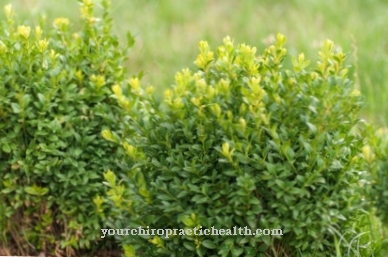
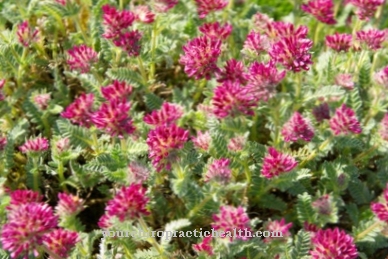

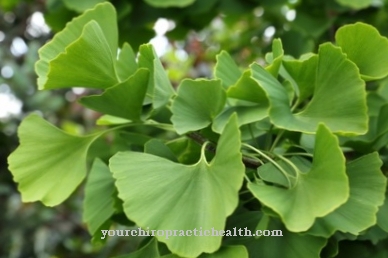
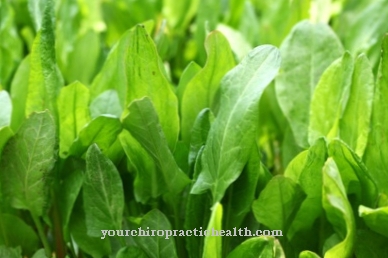
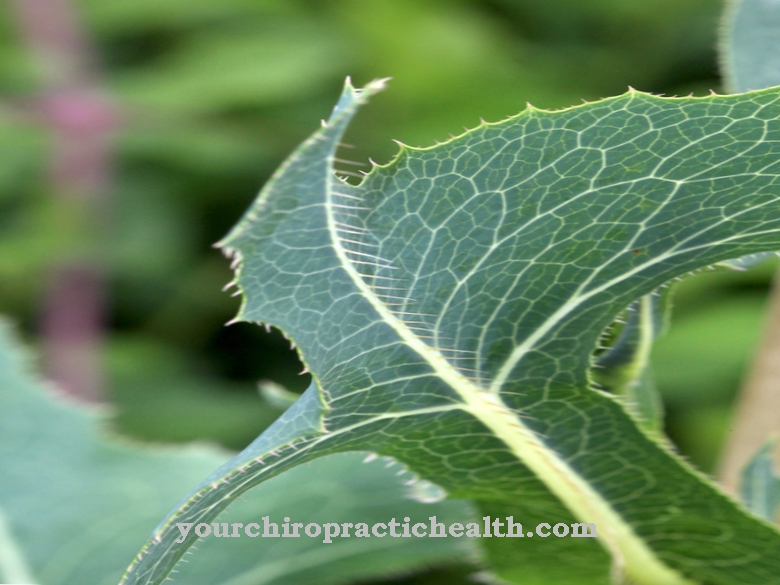


















.jpg)


